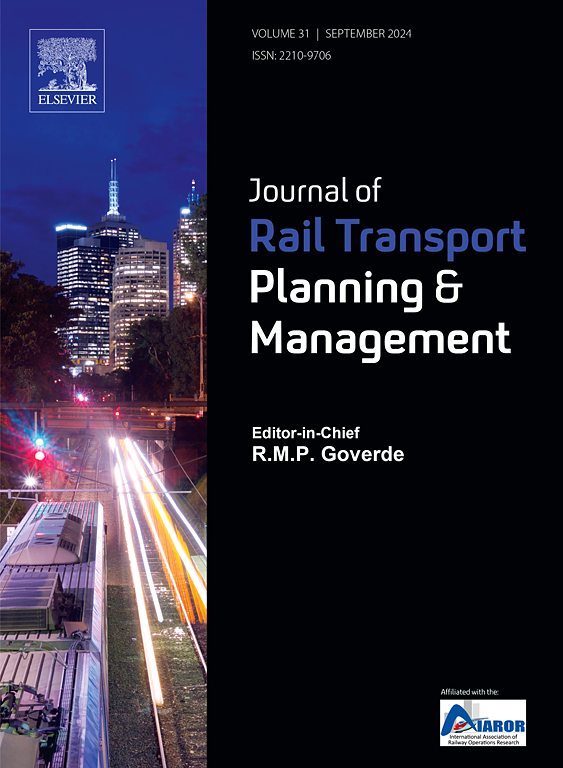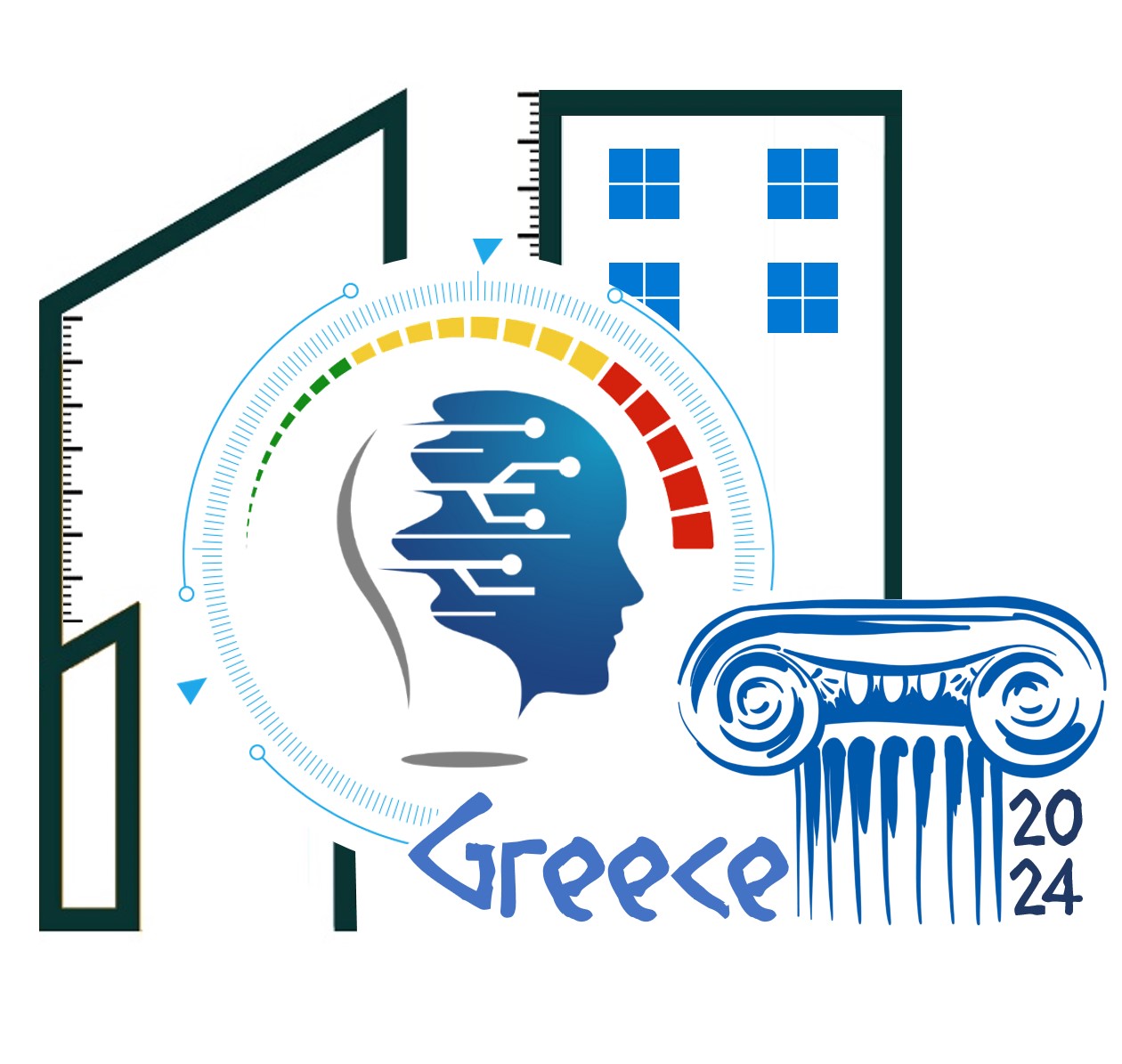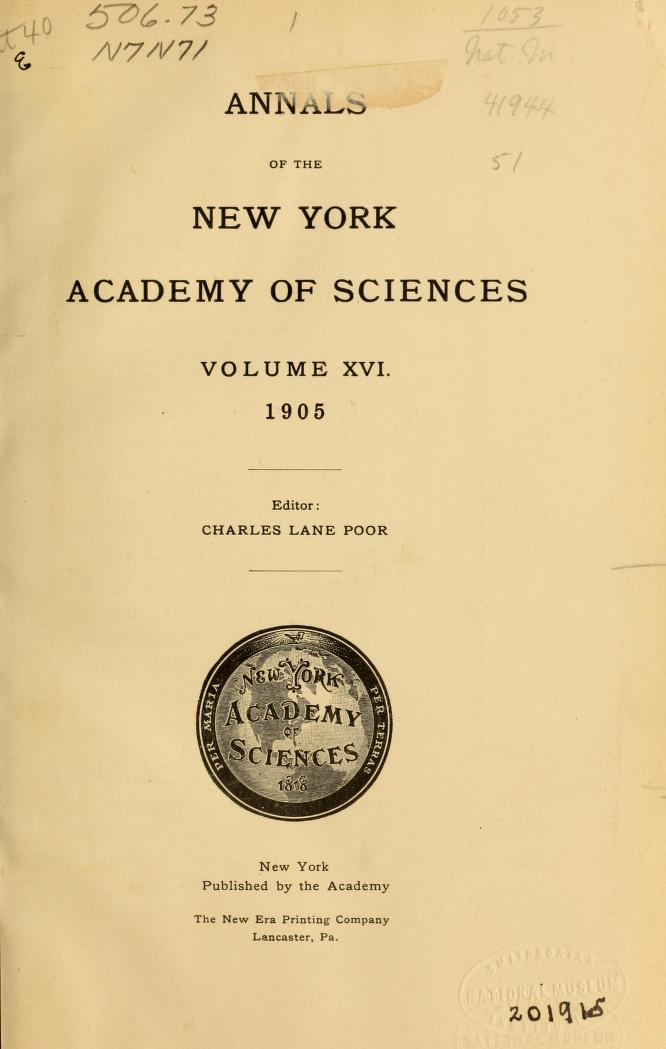publications
selected publications.
2025
-
 Leo D’Amato, Gian Luca Lancia, and Giovanni PezzuloPLOS Computational Biology, 2025
Leo D’Amato, Gian Luca Lancia, and Giovanni PezzuloPLOS Computational Biology, 2025Living organisms rely on internal models of the world to act adaptively. These models, because of resource limitations, cannot encode every detail and hence need to compress information. From a cognitive standpoint, information compression can manifest as a distortion of latent representations, resulting in the emergence of representations that may not accurately reflect the external world or its geometry. Rate-distortion theory formalizes the optimal way to compress information while minimizing such distortions, by considering factors such as capacity limitations, the frequency and the utility of stimuli. However, while this theory explains why the above factors distort latent representations, it does not specify which specific distortions they produce. To address this question, here we investigate how rate-distortion trade-offs shape the latent representations of images in generative models, specifically Beta Variational Autoencoders (β-VAEs), under varying constraints of model capacity, data distributions, and task objectives. By systematically exploring these factors, we identify three primary distortions in latent representations: prototypization, specialization, and orthogonalization. These distortions emerge as signatures of information compression, reflecting the model’s adaptation to capacity limitations, data imbalances, and task demands. Additionally, our findings demonstrate that these distortions can coexist, giving rise to a rich landscape of latent spaces, whose geometry could differ significantly across generative models subject to different constraints. Our findings contribute to explain how the normative constraints of rate-distortion theory shape the geometry of latent representations of generative models of artificial systems and living organisms.
-
 Leo D’Amato, Paola Pellegrini, and Vito TrianniarXiv preprint arXiv:2502.08324, 2025
Leo D’Amato, Paola Pellegrini, and Vito TrianniarXiv preprint arXiv:2502.08324, 2025The real-time Railway Traffic Management Problem (rtRTMP) is a challenging optimisation problem in railway transportation. It involves the efficient management of train movements while minimising delay propagation caused by unforeseen perturbations due to, e.g, temporary speed limitations or signal failures. This paper re-frames the rtRTMP as a multi-agent coordination problem and formalises it as a Distributed Constraint Optimisation Problem (DCOP) to explore its potential for decentralised solutions. We propose a novel coordination algorithm that extends the widely known Distributed Stochastic Algorithm (DSA), allowing trains to self-organise and resolve scheduling conflicts. The performance of our algorithm is compared to a classical DSA through extensive simulations on a synthetic dataset reproducing diverse problem configurations. Results show that our approach achieves significant improvements in solution quality and convergence speed, demonstrating its effectiveness and scalability in managing large-scale railway networks. Beyond the railway domain, this framework can have broader applicability in autonomous systems, such as self-driving vehicles or inter-satellite coordination.
2024
-
 Leo D’Amato, Federico Naldini, Valentina Tibaldo, and 2 more authorsJournal of Rail Transport Planning & Management, 2024
Leo D’Amato, Federico Naldini, Valentina Tibaldo, and 2 more authorsJournal of Rail Transport Planning & Management, 2024Railway traffic management requires a timely and accurate redefinition of routes and schedules in response to detected perturbations of the original timetable. To date, most of the (automated) solutions to this problem require a central authority to make decisions for all the trains in a given control area. An appealing alternative is to consider trains as intelligent agents able to self-organize and determine the best traffic management strategy. This could lead to more scalable and resilient approaches, that can also take into account the real-time mobility demand. In this paper, we formalize the concept of railway traffic self-organization and we present an original design that enables its real-world deployment. We detail the principles at the basis of the sub-processes brought forth by the trains in a decentralized way, explaining their sequence and interaction. Moreover, we propose a preliminary proof of concept based on a realistic setting representing traffic in a French control area. The results allow conjecturing that self-organizing railway traffic management may be a viable option, and foster further research in this direction.
-
 Jonathan Melchiorre, Leo D’Amato, Federico Agostini, and 1 more authorDevelopments in the Built Environment, 2024
Jonathan Melchiorre, Leo D’Amato, Federico Agostini, and 1 more authorDevelopments in the Built Environment, 2024Acoustic Emission (AE) is a non-destructive structural health monitoring technique, which studies elastic waves emitted during crack formation. Utilizing piezoelectric sensors, these waves are converted into electrical signals for subsequent analysis, offering insights into crack propagation and structural durability. This study focuses on the identification of AE signal onset times, crucial for determining crack locations. Conventional methods often encounter challenges with background noise, prompting the need for innovative approaches. Leveraging a U-Net neural network, specialized in segmentation tasks, onset time identification is approached as a one-dimensional segmentation challenge. Through training and testing on Pencil Lead Break (PLB) test data, commonly used in AE evaluations, the effectiveness of the method is demonstrated even with continuous signals, suggesting potential applicability in real-time monitoring.
-
 Jonathan Melchiorre, Leo D’Amato, Federico Agostini, and 1 more authorIn 2024 IEEE International Workshop on Metrology for Living Environment (MetroLivEnv), 2024
Jonathan Melchiorre, Leo D’Amato, Federico Agostini, and 1 more authorIn 2024 IEEE International Workshop on Metrology for Living Environment (MetroLivEnv), 2024To investigate the actual health status and mechanical properties of structural materials, both direct and/or indirect investigation procedures can be used. The acoustic emission (AE) method is a non-destructive indirect structural health monitoring method based on the analysis of the elastic wave propagation inside the material under study induced during cracks and micro-cracks coalescence, opening, and formation process. To capture reliable ultrasonic elastic waveform data, piezoelectric sensors are typically employed which are directly and firmly fixed and attached to the specimen under study. For identifying the region of crack formation, thus the position of structural damage in its early stage, at least four sensors must be employed simultaneously. Furthermore, the identification of the onset time is crucial to accomplishing this task. In this study, the authors proposed a deep-learning-based solution based on a U-net architecture for identifying onset time with a method attempting to overcome the existing limitations of traditional threshold-based methods. The onset time precision obtained with this artificial intelligence-based (AI) paradigm is discussed on an acknowledged dataset available in the literature based on Pencil Lead Break (PLB) data, commonly used as a benchmark in the AE field. Finally, the method is tested on some real AE signals acquired during laboratory testing of reinforced concrete specimens. The results demonstrated the actual potential of the proposed AI-based method in future real-time monitoring real- world applications.
2023
-
 Giovanni Pezzulo, Leo D’Amato, Francesco Mannella, and 4 more authors2023
Giovanni Pezzulo, Leo D’Amato, Francesco Mannella, and 4 more authors2023This paper considers neural representation through the lens of active inference, a normative framework for understanding brain function. It delves into how living organisms employ generative models to minimize the discrepancy between predictions and observations (as scored with variational free energy). The ensuing analysis suggests that the brain learns generative models to navigate the world adaptively, not (or not solely) to understand it. Different living organisms may possess an array of generative models, spanning from those that support action-perception cycles to those that underwrite planning and imagination; namely, from "explicit" models that entail variables for predicting concurrent sensations, like objects, faces, or people - to "action-oriented models" that predict action outcomes. It then elucidates how generative models and belief dynamics might link to neural representation and the implications of different types of generative models for understanding an agent’s cognitive capabilities in relation to its ecological niche. The paper concludes with open questions regarding the evolution of generative models and the development of advanced cognitive abilities - and the gradual transition from "pragmatic" to "detached" neural representations. The analysis on offer foregrounds the diverse roles that generative models play in cognitive processes and the evolution of neural representation.